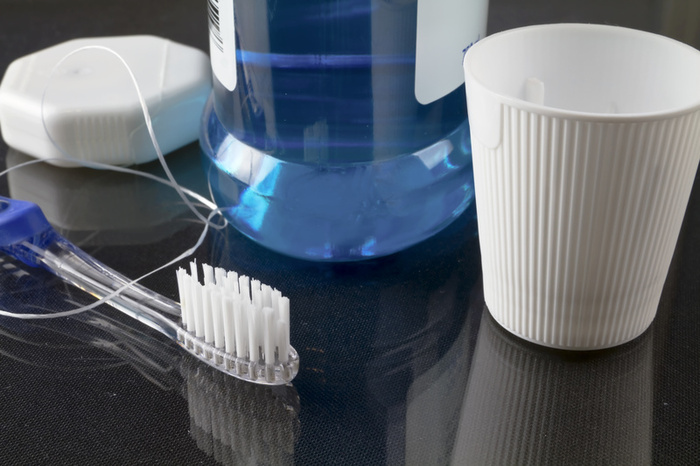Extraction of Wisdom Teeth
When should wisdom teeth be extracted?
Impacted Wisdom Tooth
The rearmost teeth – the so-called wisdom teeth – often do not reach chewing height. The eighth ie last tooth in each quadrant is called the wisdom tooth or the third molar.
- . The teeth concerned – the so-called wisdom teeth – often do not reach chewing height. They remain just under the gums and regularly cause pain and/or sweetish smell in the mouth.
- Doctors speak of ‘retained rear teeth’. The term retention means a position of the wisdom tooth whereby after the completion of the growth of the root the chewing level is not reached.
- As partially retained we define a tooth of which part of the crown reaches the mouth, or which crosses the periodontal apparatus (the gum pocket) and reaches across to the 2nd molar (the 7th tooth).
- As completely retained molars we define teeth which have no exposure at all to the mouth.
- The term impacted describes a wisdom tooth which is completely embedded in the bone.
- As displaced we define a tooth which varies in its axis or position from the regular breaking-through direction.
When should wisdom teeth be removed and when not?
They should be removed in the case of:
- an acute or chronic infection in the area of the wisdom tooth.
- advanced caries with involvement of the dental nerve (teeth damaged beyond repair by caries or inflammation of the dental nerve which cannot be treated)
- indications that the wisdom tooth is clearly the source of pain
- untreatable radiographical changes in the wisdom tooth (e.g. development of cysts)
- reabsorption of the neighbouring tooth
- as part of the treatment of and limitation of the progress of periodontal illness
- disturbance of the teeth in orthodontic and/or reconstructive surgery
- teeth which are in the fracture of a broken jaw and which would hinder the treatment of the fracture.
- use of the teeth for transplantation purposes
- elongated or tilted wisdom teeth which would disturb one’s bite.
- as long as an unassisted, regular position of the wisdom tooth in its row is to be expected
- when the extraction of other teeth and/or orthodontic treatment including correction of the position of the tooth makes sense
- in the case of deeply impacted and deep-lying teeth without associated illness, where a high risk of operative complications exists
Treatment under (general) anaesthetic/sedation may be indicated in the case of expected problems when it comes to cooperation of the patient, of large dento-alveolary interventional measures, of manifest risk-factors or because of the express wish of the patient.
In-patient treatment may sometimes be indicated in the case of serious illness or because of particular operational requirements.
The significance of treatment with antibiotics before and after the operation has not been consistently evaluated scientifically, but incase of acute pain and infection it is best to do it under antibiotic cover. A general recommendation cannot therefore be ruled out. Pain-reducing prophylaxis is effective in reducing swelling though it is not always required in every case.

No comments:
Post a Comment